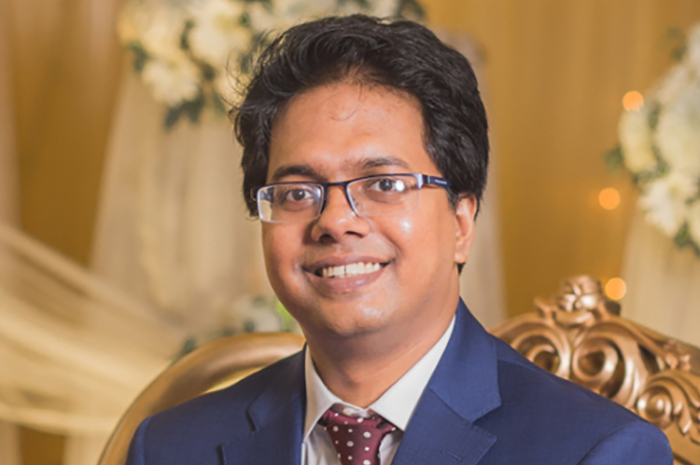Ph.D. Public Defense
Understanding, Modeling, and Elevating Creative Performances in Self-organizing Social Networks
Raiyan Abdul Baten
Supervised by M. Ehsan Hoque
Monday, August 15, 2022
11 a.m.–Noon
Wegmans Hall 2506
Join via Zoom : https://rochester.zoom.us/my/mehoque

Abstract:
Socio-cognitive soft skills such as creativity will play an ever-larger role in the tasks humans accomplish in the future of work. In this dissertation, we study creative performances of people in self-organizing social networks. Through a series of randomized experiments (listed below), we document how a social network's connections and creative outcomes co-evolve in response to its members' creative performance, popularity, and identity attributes. We capture the insights in suitable models and design interventions to elevate creative performances.
- People’s imagination can be triggered in many ways, one of those being social stimulation where people are inspired by their social partners' ideas. We find that highly creative individuals gain increasingly high visibility and centrality as peers in the network choose to seek inspiration from their ideas (N=288). These top performers inspire novel ideas in their follower peers, but ironically, they also stimulate redundancy in those peers' ideas. We develop (1) an agent-based model to explore corner cases, and (2) a game-theoretic model to explain rational link-formation choices under various stimulation-redundancy trade-off scenarios.
- In the presence of demographic identity cues (gender/race), we find that (1) link persistence becomes homophily-guided, and (2) inter-peer redundancies increase significantly compared to a demography-agnostic baseline, thereby hurting atypical thinking (N=192). We use a statistical network model to mine link-formation and link-persistence patterns. These results inform a user interface intervention where concealing demographic cues can help creative outcomes.
- We observe that popularity signals (e.g., follower counts) significantly influence inspiration-seeking links, partly by biasing people's perception of their peers' creativity. Using popularity signals as an external control in a randomized setting, we show causally that partially dispersing the centrality of top-performing individuals helps strike a balance between idea stimulation and redundancy to elevate creativity (N=312). However, extreme dispersal leads to inferior creativity by narrowing the range of idea stimulation. This result informs top-down interventions (e.g., through policy decisions) that can improve the creative outcomes of a network.
- Using machine learning models, we show that it is possible to reliably predict people's future creative performances (R2=50.11%) using features from their past creative performances, their peers' past performances, and the network connection characteristics among them. We design a bottom-up intervention scheme that nudges person-level self-organization in a network towards optimal characteristics learnt from data. To this end, we build an intelligent, real-time social tie recommendation system that is mindful of people's past performances and network context features. Our results (N=210) show that such explicit recommendations can be helpful in elevating creative performances.
We envision our work to inform not only managerial and algorithmic decision-making, but also public policy as it relates to helping humans become more creative in a social network.
